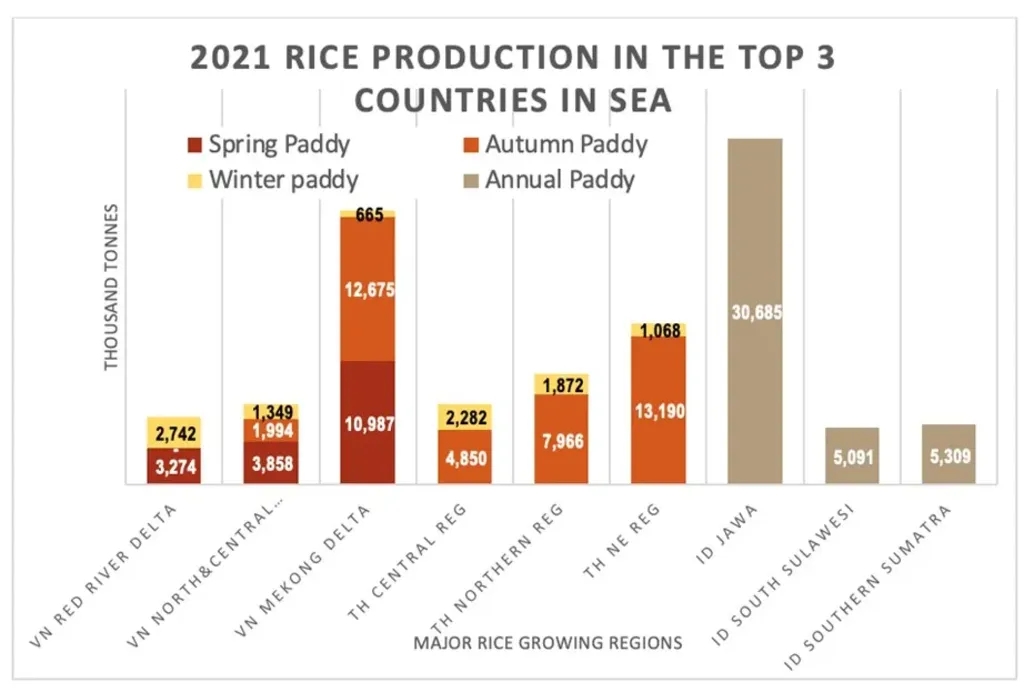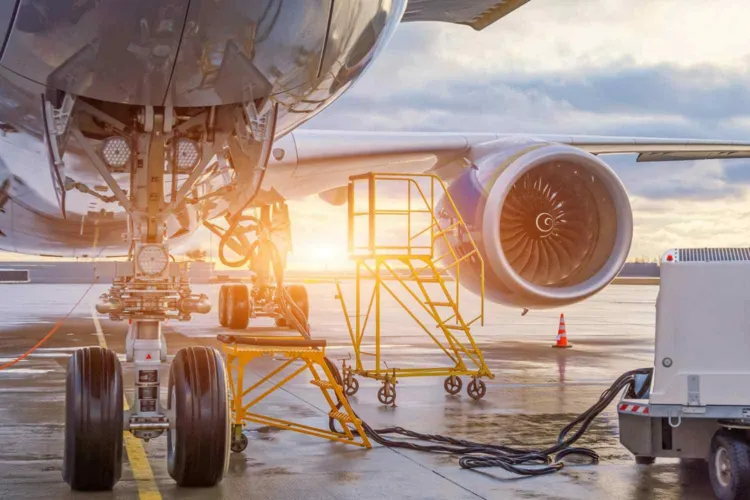Southeast Asia’s agriculture sector is changing fast. Once reliant on traditional methods, it is now turning to technology and innovation to meet rising food demand, climate challenges, and global competition. With agritech market value projected to reach $24 to $48 billion by 2030, Southeast Asia agricultural innovation is becoming a key growth engine for the region. Let's take a look!
Southeast Asia Agricultural Innovation: Small Farmers, Big Impact
More than 80% of the region’s food is produced by smallholder farmers. But these farmers often face limited resources, poor access to markets, and outdated tools. This is where innovation is making the biggest difference.

Smart technologies, like drones, soil sensors, and AI-driven platforms, are now being used to help farmers make better decisions and improve yields. In countries like Vietnam, Thailand, and Indonesia, digital tools are becoming essential parts of farming, both in rural areas and urban spaces.
Read Also: New Frontiers in Southeast Asia Digital Infrastructure
Government and private investments are also supporting this shift. Centers of excellence for climate-smart agriculture are helping bring research into real-world use, making it easier for farmers to adapt to changing weather and soil conditions.
Strong Growth Ahead
Technology is not only helping farmers work more efficiently, but also growing the economy. From 2025 to 2029, the agriculture sector in Southeast Asia is expected to grow at a compound annual growth rate (CAGR) of 4.74%.
Meanwhile, the region’s tractor market is forecasted to reach nearly 120,000 units by 2030, driven by the push for mechanization and green technology. These machines reduce labor pressure and improve productivity, especially important as the workforce in farming shrinks.
The financial rewards are also growing. Southeast Asia’s agricultural exports are projected to hit $40.6 billion by 2025, showing how innovation is making the region a stronger player in global food markets.
A Hub for Southeast Asia Agricultural Innovation and Collaboration
Events like AGRITECHNICA ASIA 2025 show how serious the region is about sustainable and efficient farming. These platforms allow farmers, tech firms, and governments to share ideas, test new solutions, and learn from each other.
From hydroponics in cities to solar-powered irrigation in remote villages, agricultural innovation is reaching all corners of society. Urban farms are using tech to grow food in small spaces, while rural farms are improving crop yields despite climate and land challenges.
A Sustainable Future
As Southeast Asia balances the needs of growing populations, urban development, and climate stress, agricultural innovation offers a clear path forward.
Read Also: Urbanization Trends in Southeast Asia Transform the Region
With over 300 million people depending on agriculture for their livelihoods, investing in innovation is no longer optional, but essential. The region’s progress in smart farming, mechanization, and green tech shows what’s possible when tradition meets technology.
What's Next: Southeast Asia Agricultural Innovation
Southeast Asia agricultural innovation is not just about adopting new tools. It’s about transforming how food is grown, who benefits from it, and how the region prepares for the future. With rising investment, smart policies, and committed farmers, Southeast Asia is well on its way to becoming a global leader in sustainable, tech-powered agriculture.







